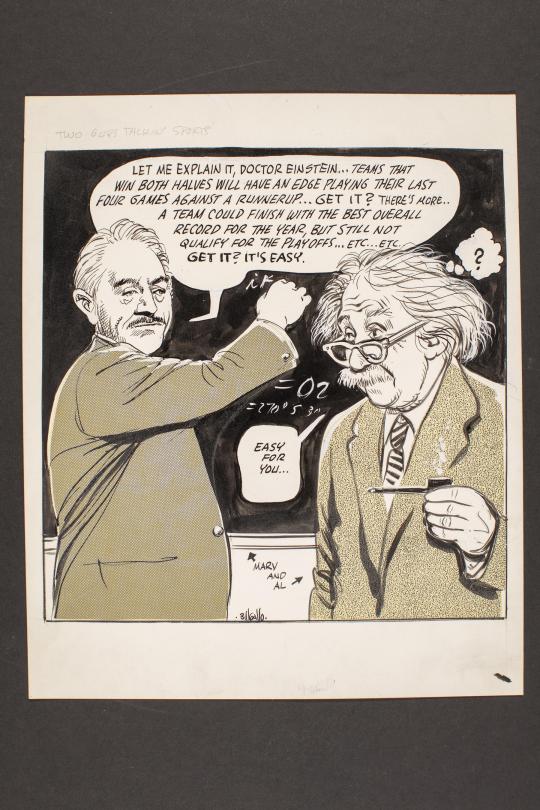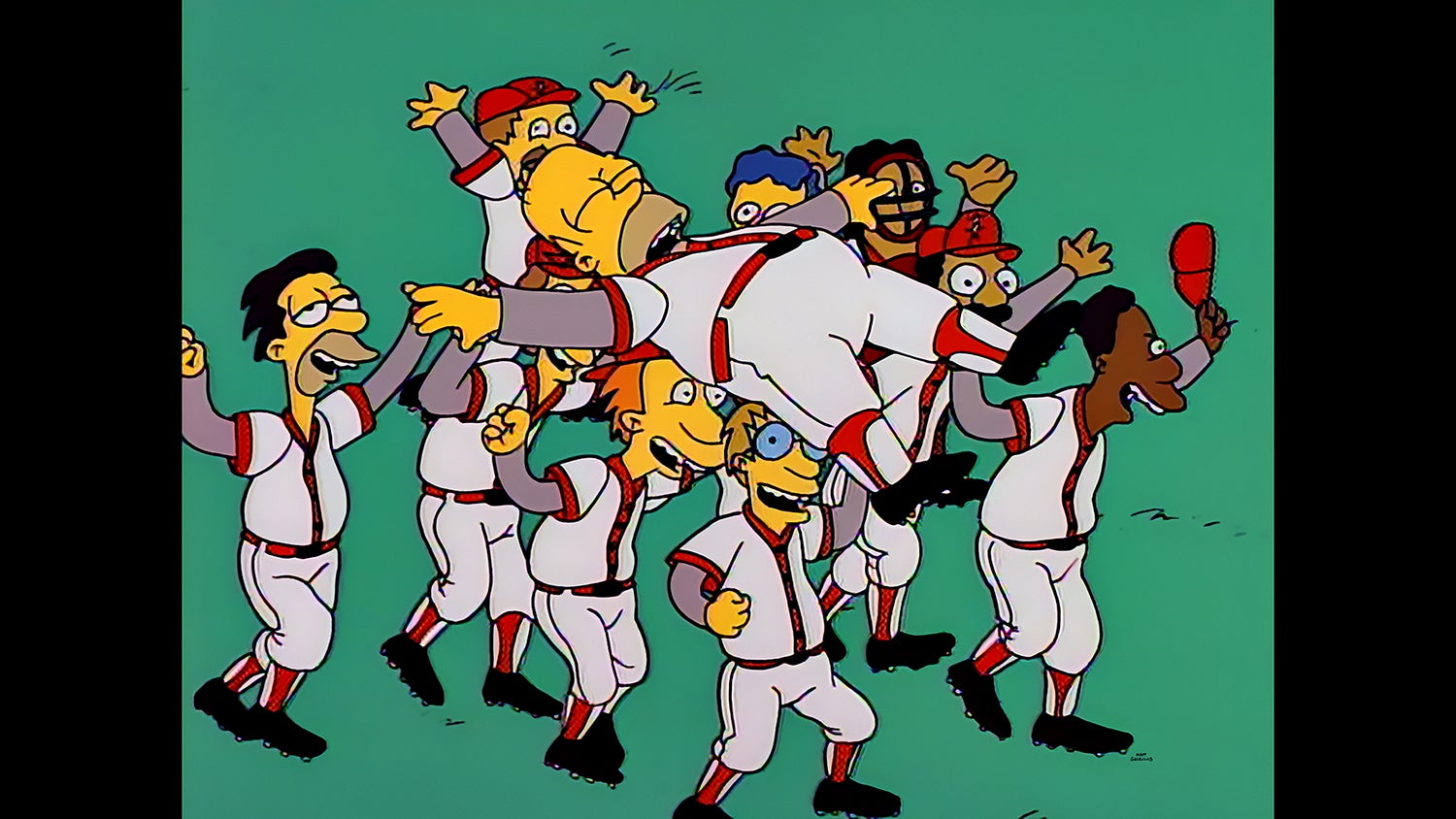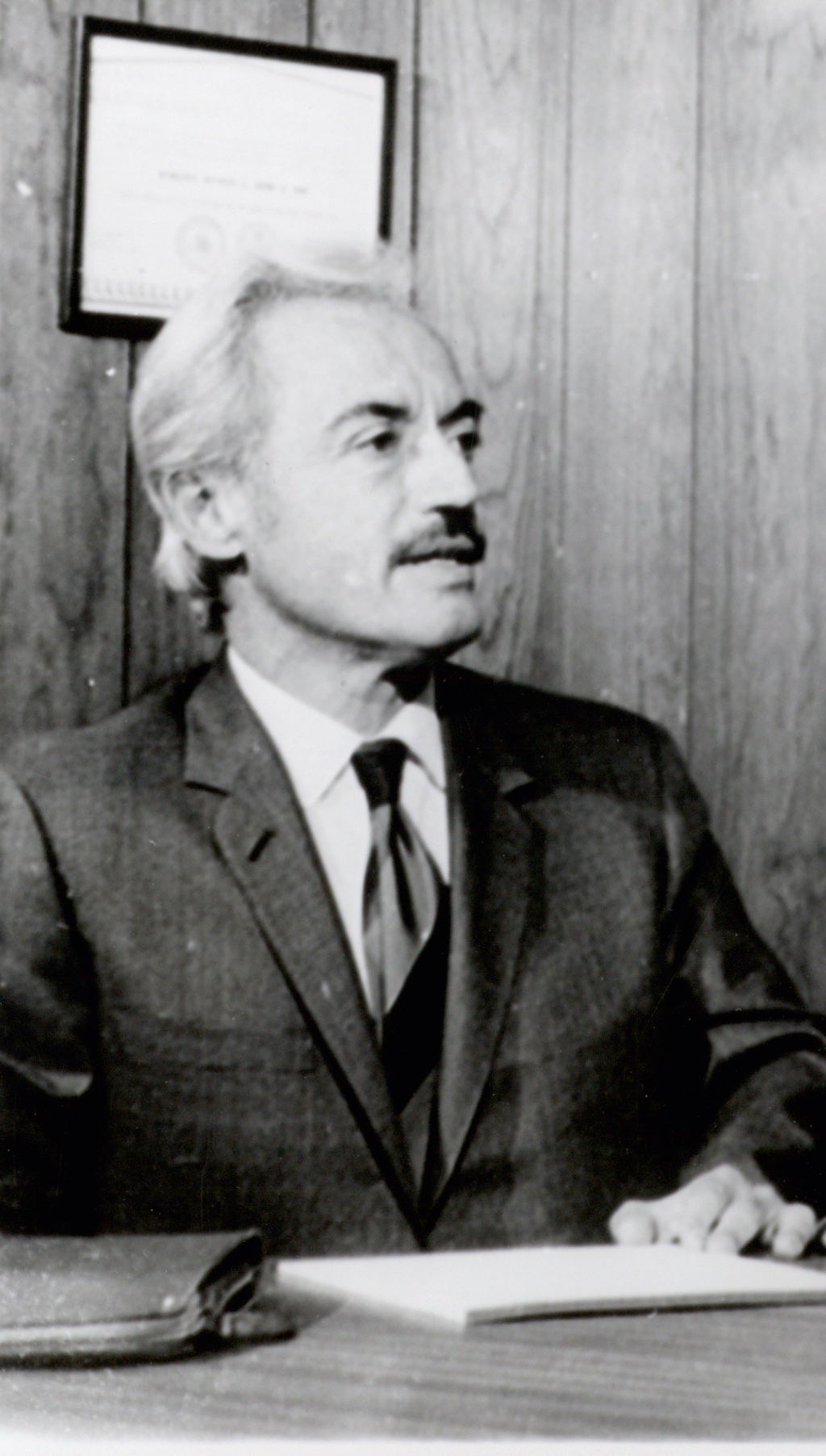- Home
- Our Stories
- #Shortstops: Two Guys Talkin’ Sports
#Shortstops: Two Guys Talkin’ Sports
Major League Baseball faced a quandary in midsummer of the 1981 season. The seven-week strike over free agency restrictions had been resolved, but exactly how to complete the season was still to be determined.
The players just wanted to play, and through the MLB Players Association, agreed in advance to whatever plan the owners developed.
The first thought was to resume the season with the teams’ won-loss records intact, but the owners soon decided to create a split season. As they saw it, the long hiatus warranted a fresh start that might raise interest among all the clubs. In particular, the fresh start sought to engage the fans of teams that would otherwise have little chance of catching up. Under the new plan, the division winners of the first half-season would contend against the eventual second half-season champions. The split season also permitted an additional round of playoffs and a bump in television revenue.
Hall of Fame Membership
There is no simpler, and more essential, way to demonstrate your support than to sign on as a Museum Member.
Official Hall of Fame Apparel
Proceeds from online store purchases help support our mission to preserve baseball history. Thank you!
For Bill Gallo, cartoonist for the New York Daily News, the details were so complicated that not even Albert Einstein could understand them, although MLB Players Association president Marvin Miller clearly did. To illustrate his criticism, Gallo drew “Two Guys Talkin’ Sports,” with Miller as the teacher and Einstein the befuddled student. Should anyone fail to recognize the two icons, Gallo helpfully identified them, “Marv” and “Al.”
As Miller explains the process, if any team won both halves (none did), it would face the division’s second-half runner-up in a best-of-five series, with the final four games being played at the division champion’s home park.
Secondly, Gallo has Miller describe another criticism of the plan: It might exclude the teams with the season’s best overall, year-long records. This prediction did happen, as both the St. Louis Cardinals (NL East) and Cincinnati Reds (NL West) failed to advance, despite posting better overall records than any of the four clubs that actually reached the National League’s postseason.
Miller appeared infrequently in Gallo’s cartoons, but when he did, he was generally portrayed as the smartest guy in the room who bargained hard for the players’ interests.
Gallo (1922-2011) worked for the Daily News for more than 65 years, the last 50 of them as the paper’s sports cartoonist. His sons, Greg and Bill Gallo Jr., donated more than 500 of the award-winning illustrator’s original drawings to the Hall of Fame in 2019 and 2020.
John Odell is the curator of history and research at the National Baseball Hall of Fame and Museum





